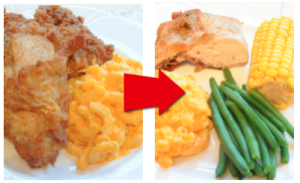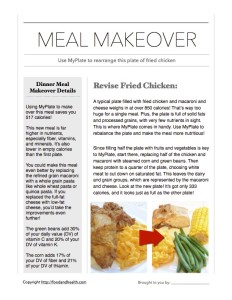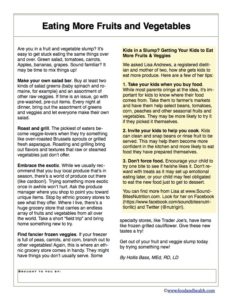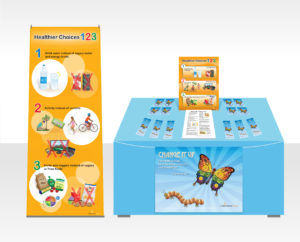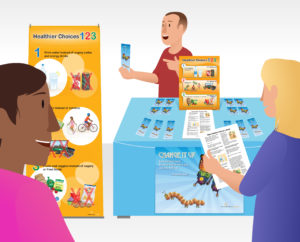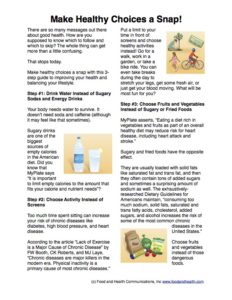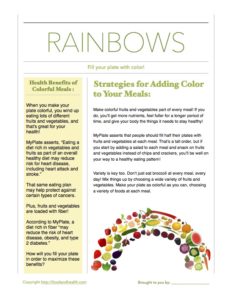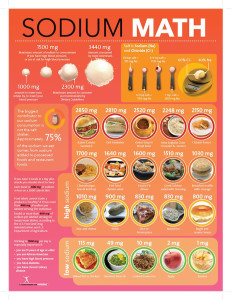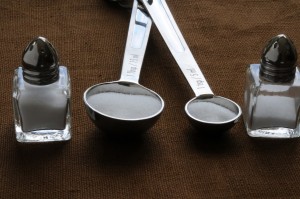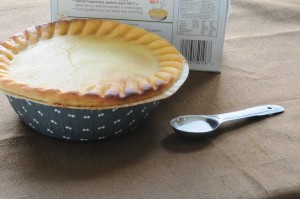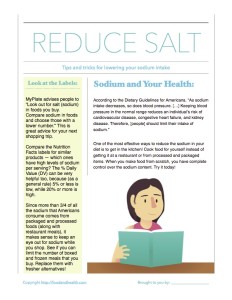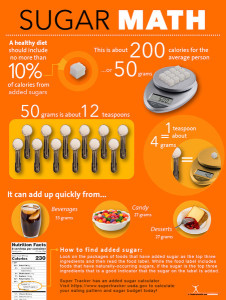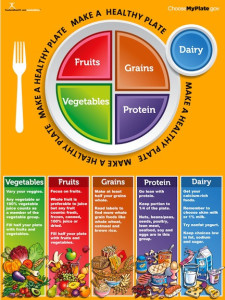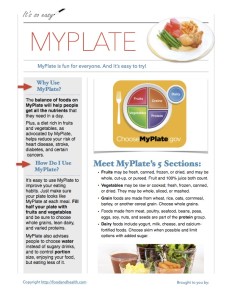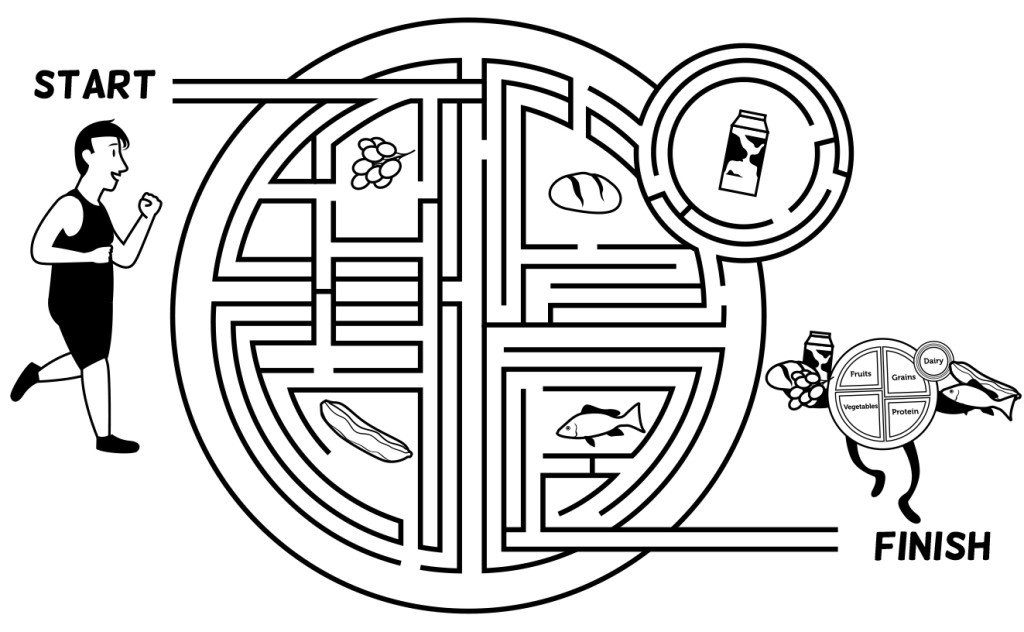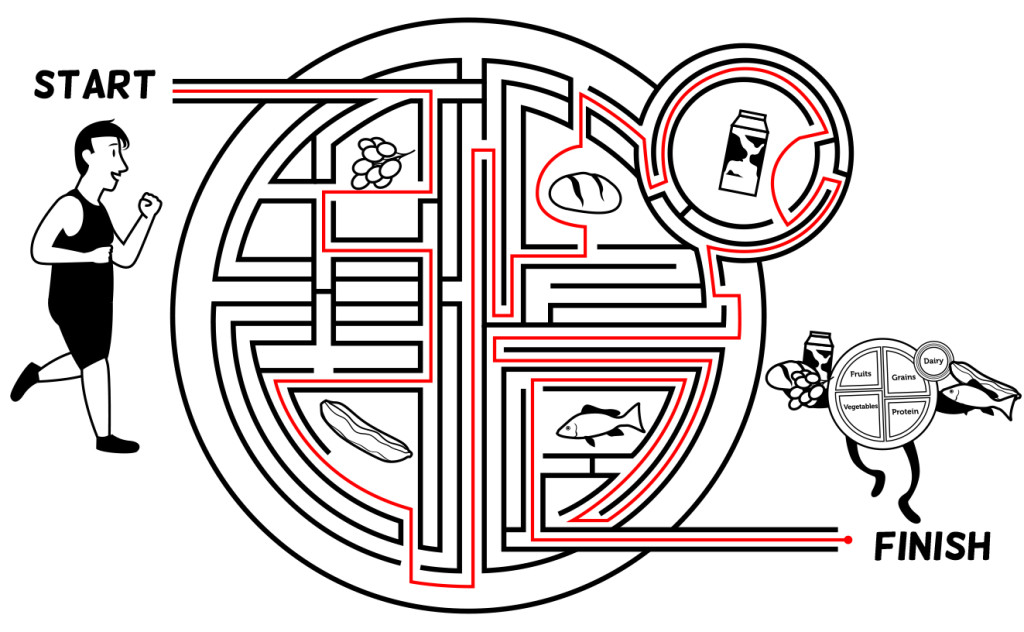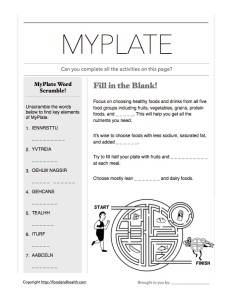We’re constantly bombarded with images of fast food, junk food, and processed food. Marketers know what they’re doing by getting these pictures into our subconscious minds. Well, let’s fight back! It’s time to Change It Up!
Our Change It Up theme features a gorgeous butterfly made up of real photos of fruit. Now, this is an image we want in our clients’ minds! The message is simple but impactful – transform your life with healthy food and regular physical activity. Go from a fast-food caterpillar to a healthy butterfly.
Our poster and banners come with the free Change It Up printable handout. One side provides general tips on changing up your diet (MyPlate, portion sizes, and fruits and vegetables) and every day activity. The other side offers more detailed suggestions for transforming your meals, snacks, and exercise routine.
How can you use the Change It Up materials in different settings? Glad you asked!
- Display the banner or poster in the cafeteria, a hallway, or waiting room. (We also have a salad bar sign!) When people see the beautiful, colorful, fruit-filled butterfly every day, they’re bound to think more about healthy food.
- Give out the stickers and bookmarks so people can take the picture and the message with them.
- Set up a Change It Up table in the cafeteria or at a health fair. Engage visitors with questions: Are you more like the butterfly or the caterpillar? What changes can you make to transform yourself into the butterfly? Give away the Change It Up handout, stickers, and bookmarks.
- Teach a Change It Up class. Depending on your audience, here are two lessons:
- Focus on how small shifts in eating and activity will make everyone feel transformed.
- Go with the caterpillar to butterfly theme. How does the image of the butterfly make you feel? How about the caterpillar? When you eat healthy food and are active, which one do you feel like? How can a healthy diet and regular exercise make you feel transformed?
Here is a handout called, 9 ways to make easy and healthy switches for a better diet and exercise plan: 9 Easy Healthy Switches Handout



